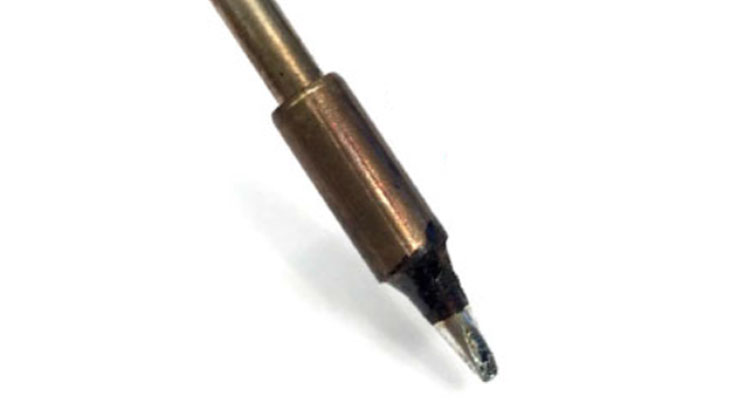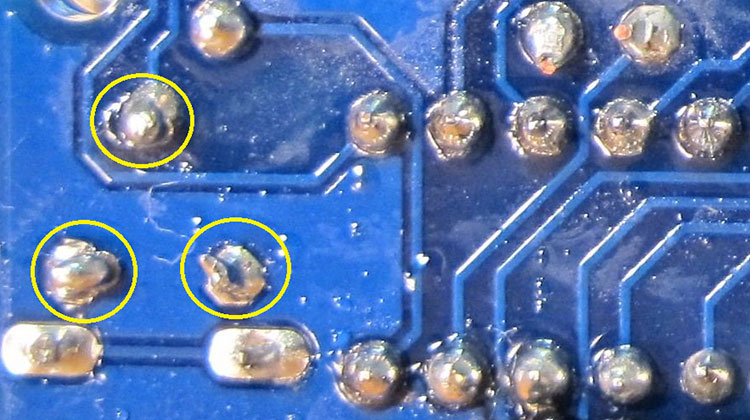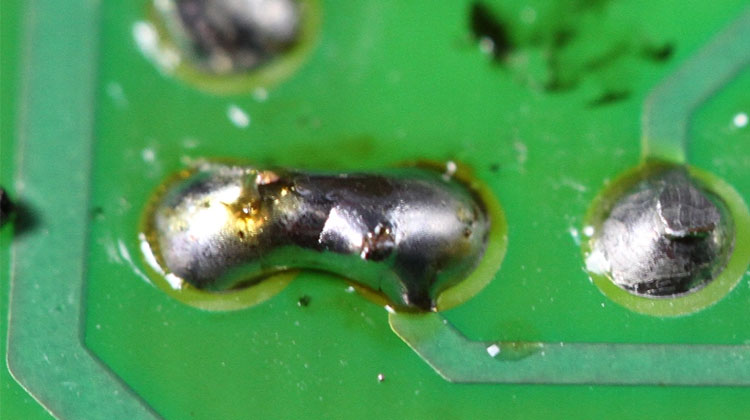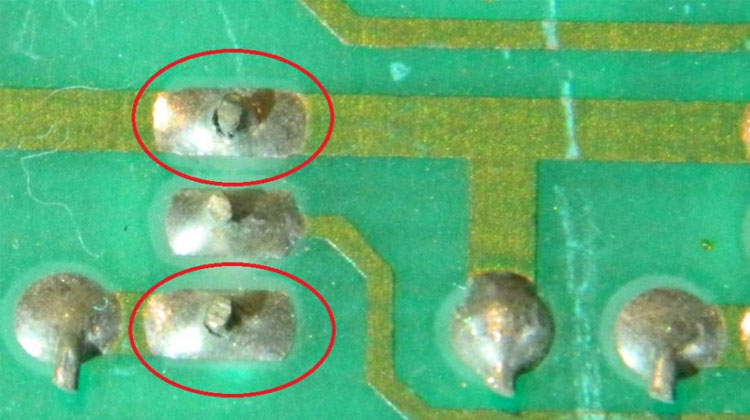Soldering is a technique used to join two or more metal surfaces by using a soldering material, which is melted and applied, to the metal surfaces, using a soldering iron or a soldering torch. Soldering is a versatile and flexible method used in many industries and applications, such as electronics, jewelry, plumbing, automotive, aerospace, and military, to create and repair components and devices that are functional and aesthetic and reliable and durable.
However, soldering is not always a straightforward and successful process. It can be affected by various factors that can cause problems and challenges that can affect the quality and reliability of the soldered joint. Some of the common soldering problems that can occur during the soldering process are:
1. Oxidation: Soldering requires clean and smooth metal surfaces that are free of oxides and contaminants that can prevent the wetting and the bonding of the soldering material, and that can cause defects and failures in the soldered joint. Oxidation is a common problem that can occur during the soldering process if the metal surfaces are not cleaned or fluxed properly if they are exposed to the air or the heat for a long time. If a layer of oxide covers them, that is hard or resistant, and that is formed by the reaction of the metal with the oxygen in the air or the environment.

2. Dross: Dross is a common problem that can occur during the soldering process if the soldering material is not pure or clean, if it is contaminated or oxidized, and if it contains impurities or foreign materials that can float or settle on the surface of the molten soldering material, and that can create a layer of dross, that is rough or porous, and that is formed by the reaction, of the impurities or the foreign materials, with the soldering material, or with the flux.
3. Cold Joint: Cold Joint is a common problem that can occur during the soldering process if the soldering material is not melted or flowed properly, if it is not applied or distributed evenly or uniformly, and if it is not heated or joined, to the metal surfaces, at the right temperature or time, and if it is not cooled or solidified, slowly or evenly, and if it is not formed or shaped, into a solid and smooth joint, that is strong and durable.

4. Bridging: Bridging is a common problem that can occur during the soldering process if the soldering material is not controlled or guided properly, if it is not applied or positioned accurately or precisely, and if it is not melted or flowed into the gap or the space, between the metal surfaces, that are to be soldered, and if it is not formed or shaped, into a bridge or a bridge-like structure, that is formed by the excess or the overhang, of the soldering material, that is not removed or trimmed, and that is not supported or held, by the metal surfaces, or by the flux.

5. Dry Joint: Dry Joint is a common problem that can occur during the soldering process if the soldering material is not wetted or bonded properly, if it is not applied or distributed evenly or uniformly, and if it is not melted or flowed into the gap or the space, between the metal surfaces, that are to be soldered, and if it is not formed or shaped, into a solid and smooth joint, that is strong and durable. Dry Joint is caused by a lack of flux or by a poor quality of flux that cannot create a capillary effect or provide a filler material necessary to achieve a strong and durable joint and avoid defects or failures. Dry Joint is also caused by a lack of heat or by a low temperature that is not able to melt or flow the soldering material properly and create a wetting and a bonding between the metal surfaces and the soldering material. Dry Joint is also caused by a lack of time or by fast cooling that is not able to allow the soldering material to solidify or to crystallize slowly and evenly and to create a microstructure that is uniform and stable and that can withstand the mechanical and the thermal stresses, that are applied, to the soldered joint, during the use and the operation.

Common soldering problems can be avoided by carefully controlling the temperature, time, tool, position, pressure, joint, and inspection of the soldering process. By following the right steps and using the right equipment, it is possible to create strong and durable soldered joints that can withstand the mechanical and thermal stresses of use and operation. However, if any defects or failures do occur, it is important to identify and address them promptly in order to maintain the reliability and performance of the soldered joint.
Contact: Mr. Li
Phone: (0086) 138 24254 321
E-mail: atetool@atetool.com.cn
Add: 5F, 1-2# Building, Tongfuyu Industrial Zone, Aiqun Rd, Shiyan Subdistrict, Bao'an, Shenzhen, 518108, China